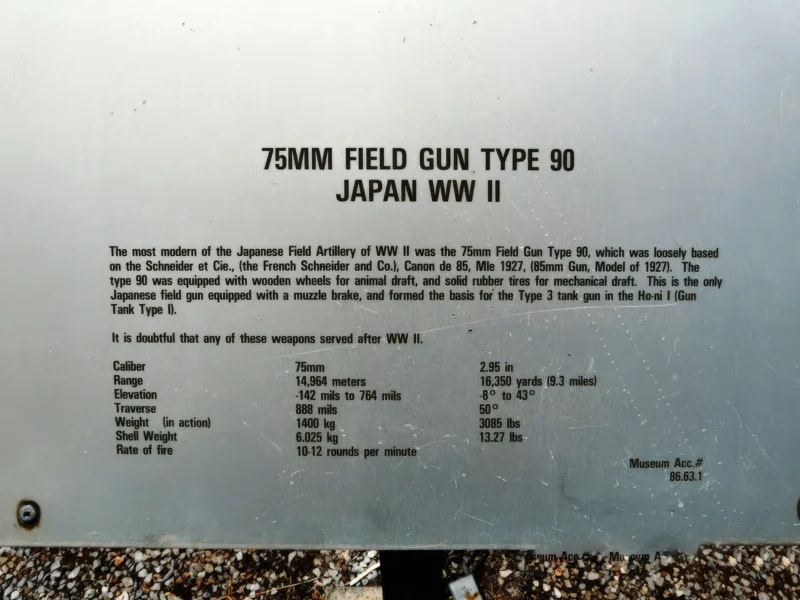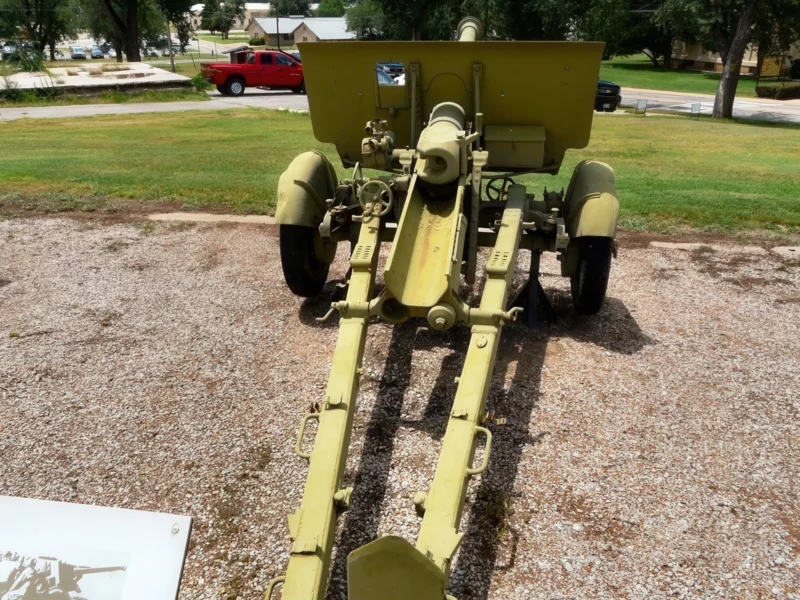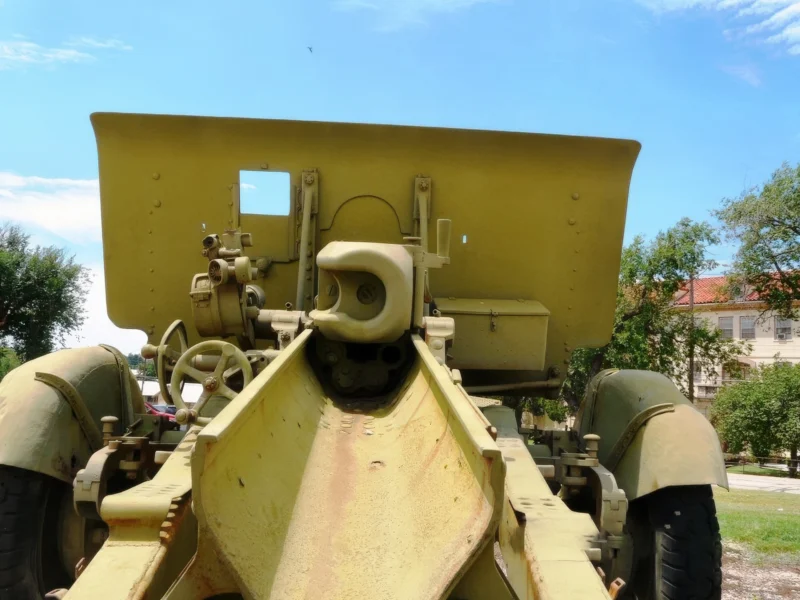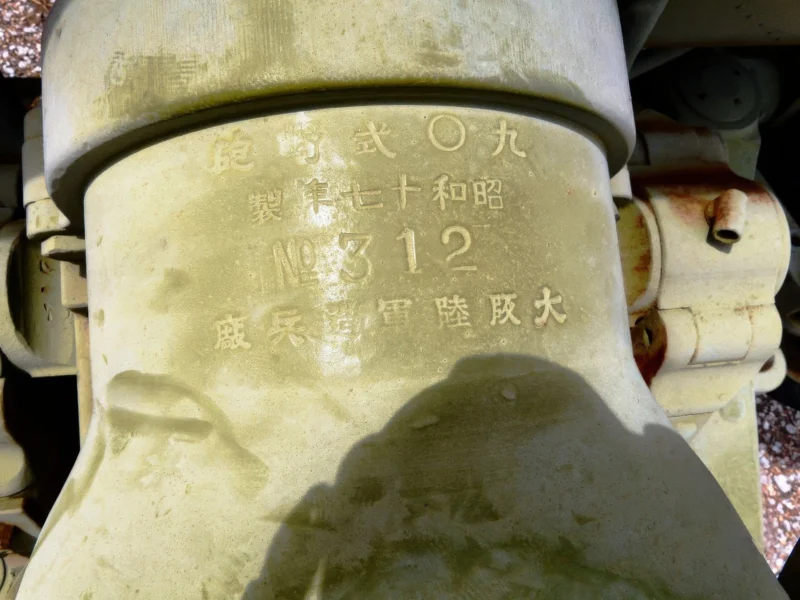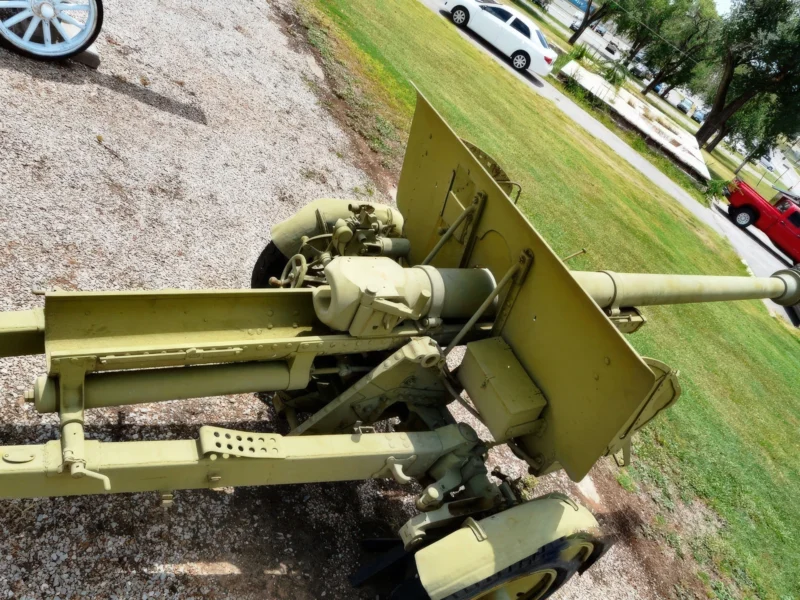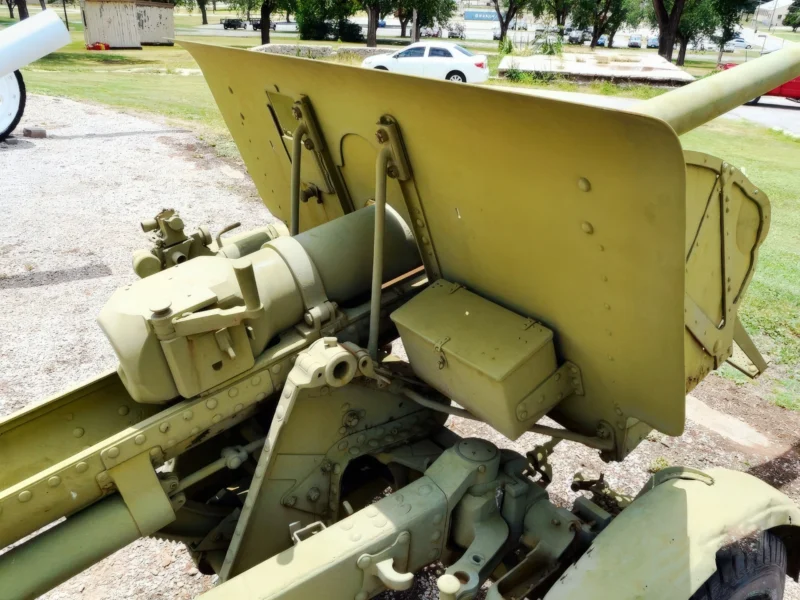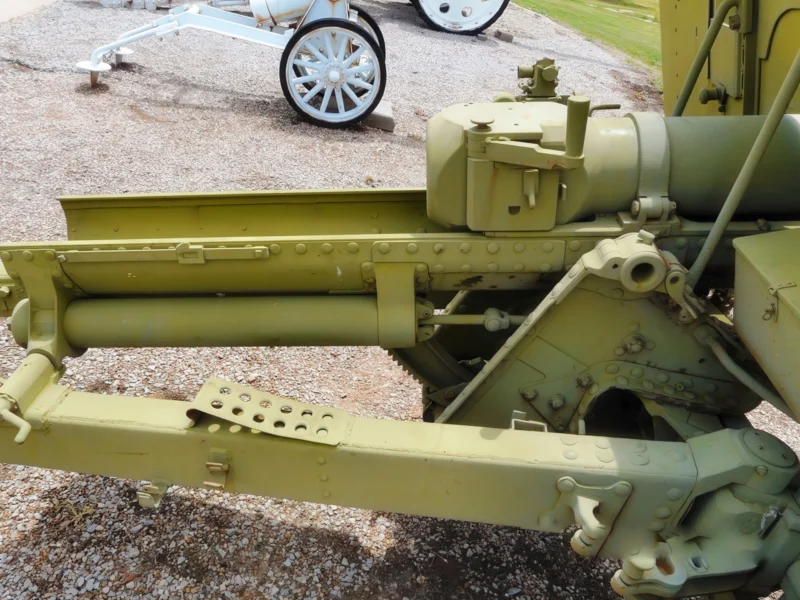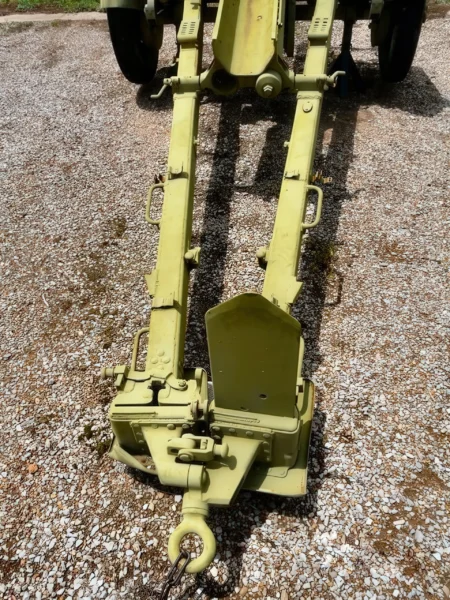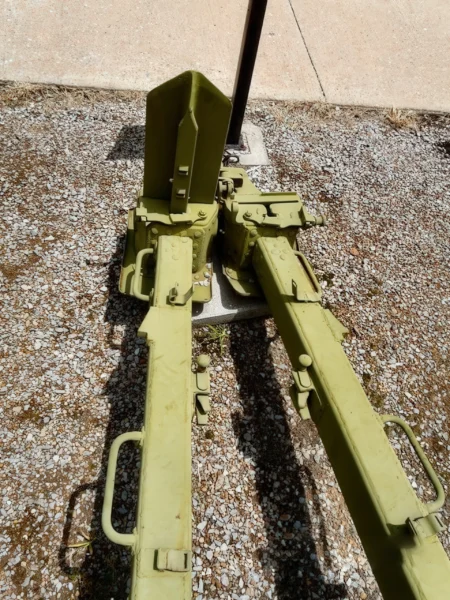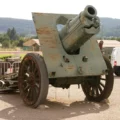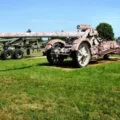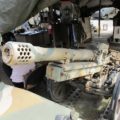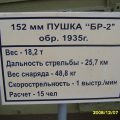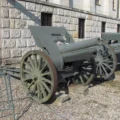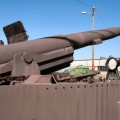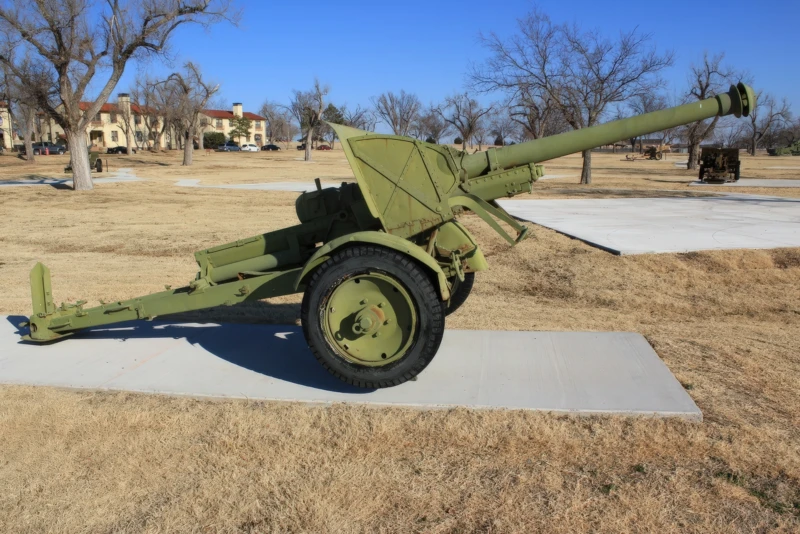
Type 90 75 mm field gun | |
|---|---|
| Land | Japan empire |
| Rolle | Feltpistol |
| I brug | 1932–1945 |
Den Type 90 75 mm field gun (九〇式野砲, Kyūmaru-shiki yahō) was a field gun used by the Imperial Japanese Army during the Second Sino-Japanese War, Soviet-Japanese Border Wars and World War II. The Type 90 designation was given to this gun as it was accepted in the year 2590 of the Japanese calendar (1930). It was intended to replace the Type 38 75 mm field gun in front line combat units, but due to operational and budgetary constraints, the Type 38 continued to be used.
| Japanese 75mm Type 90 Field Gun Walk Around | |
|---|---|
| Fotograf | David Lueck |
| Lokalisering | Unknow |
| Billeder | 31 |
Se også:
The Type 90 75 mm field gun (九〇式野砲, Kyūmaru-shiki yahō) was an artillery piece used by the Imperial Japanese Army during the **Second Sino-Japanese War, Soviet-Japanese Border Wars, and World War II**. Accepted into service in 1930 (which was year 2590 of the Japanese Imperial calendar, hence “Type 90”), it was intended to be the replacement for the older Type 38 75 mm field gun, though both weapons served concurrently throughout the war due to various constraints.
Development and Design
- Oprindelse: Prior to World War I, the Imperial Japanese Army primarily used German Krupp cannons. After the Treaty of Versailles, Japan turned to the French Schneider company. The Type 90 was **loosely based on the French Schneider et Cie Canon de 85 mle 1927** (a model built for Greece).
- Complexity and Production: The Schneider design was notably complex and expensive, requiring very tight manufacturing tolerances that were often beyond the capabilities of Japanese industry at the time. This complexity, particularly with its recoil system, made maintenance difficult and contributed to its limited production (only 786 units built between 1932 and 1945).
- Key Features:
- Muzzle Brake: Uniquely among Japanese artillery pieces of its era, the Type 90 featured a **muzzle brake**, designed to reduce recoil forces.
- Breech: It utilized a **horizontal sliding-block breech** mechanism.
- Recoil System: A **hydro-pneumatic** recoil system was integrated.
- Carriage: It employed a **split trail carriage**, which allowed for a wider range of traverse and elevation compared to older box-trail designs.
- Varianter: The Type 90 was produced in two main versions:
- One with **wooden wheels**, suitable for animal (horse) draft.
- Another with **solid rubber tires and a stronger suspension** for towing by motor vehicles (designated the “Motorized Type 90 75 mm field gun” – 機動九〇式野砲, Kidō Kyūmaru-shiki yahō). This motorized variant weighed about 200 kg (440 lb) more.
- Ammunition: The gun was capable of firing a variety of shell types, including:
- High-explosive (HE)
- Armor-piercing (AP) – specifically the Type 1 APHE, which was effective against armored vehicles.
- Shrapnel
- Incendiary
- Smoke
- Illumination shells.
Specifikationer
- Kaliber: 75 mm (2.95 inches)
- Mass:
- 1,400 kg (3,086 lb) in firing position
- 2,000 kg (4,409 lb) in travel configuration (motorized model)
- Barrel Length: 2.883 meters (9 ft 6 in) – L/38.4
- Muzzle Velocity: 683 m/s (2,241 ft/s) with standard HE, and 668 m/s with APHE.
- Maximum Firing Range: Approximately 14,960 meters (16,360 yd)
- Elevation: -8° to +43°
- Traverse: 25° left, 25° right (50° total)
- Rate of Fire: 10-12 rounds per minute (sustained)
Combat Record and Legacy
- Installation: The Type 90 was primarily issued to units based in **Manchukuo (Manchuria)** and was less frequently seen in the Pacific theater of operations compared to other Japanese artillery pieces.
- Early Engagements: Its initial combat use was against the Soviet Red Army at the **Battle of Nomonhan (1939)**.
- Anti-Tank Role: When deployed against Allied forces, particularly in the later stages of World War II, its high muzzle velocity and effective AP rounds made it frequently used as an **anti-tank gun**. It saw action in the **Philippines, Iwo Jima, and Okinawa**, often alongside armored units.
- Basis for Tank Guns: The Type 90’s design and powerful ballistics served as the **basis for the Type 3 75 mm tank gun**, which was mounted in tanks like the Type 3 Chi-Nu medium tank and the Type 3 Ho-Ni III tank destroyer.
- Continued Service: Despite its challenges and the intention for it to be replaced, the Type 90 continued to serve as field artillery until the surrender of Japan in 1945.
The Type 90 75 mm field gun represented an ambitious attempt by Japan to modernize its artillery with a high-performance, contemporary design. While its production complexity limited its widespread adoption, its capabilities, particularly in the anti-tank role, made it a respected weapon on the battlefield.
Udsigt: 0
